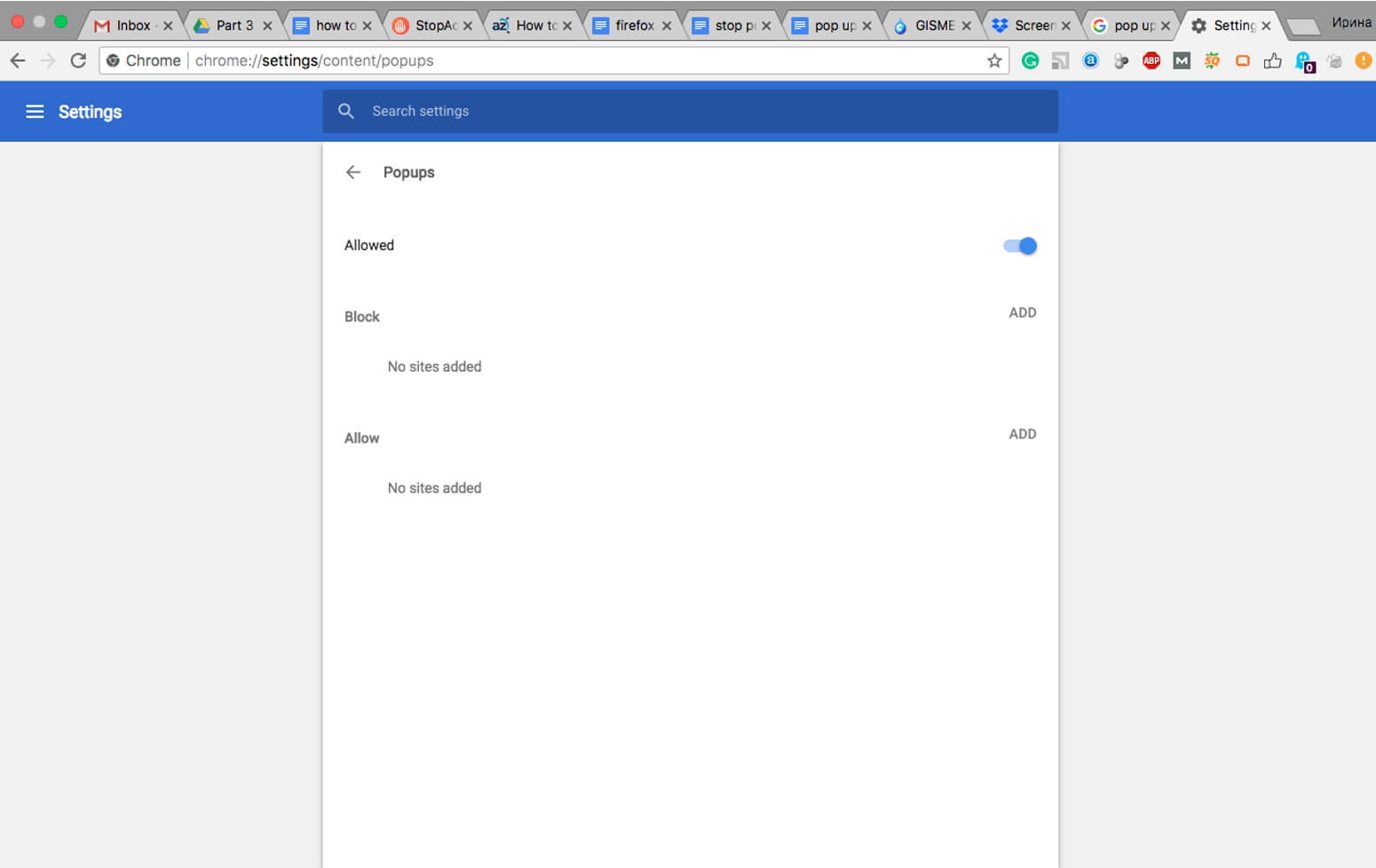
However, the way they are implemented is often not ideal. These pop-ups are intended to enhance your user experience, not to ruin it.
Pop up blocker chrome free#
Some of them serve a legitimate purpose, such as informing you about the privacy policies of a website, asking for your consent to use cookies, or offering you a discount or a free trial. Some pop-ups can even prevent you from closing them or leaving the page, forcing you to interact with them.īut not all pop-ups are bad. User experience: Pop-ups can disrupt your browsing experience by covering the content you want to see, redirecting you to unwanted pages, or playing loud sounds or videos.

Some pop-ups can even use your device’s resources to mine cryptocurrency or perform other tasks in the background. Privacy: Pop-ups can track your online activity, collect your personal information, or access your camera or microphone without your consent. Some pop-ups can even disguise themselves as legitimate alerts or warnings from your system or browser, tricking you into clicking on them or downloading something harmful.
Pop up blocker chrome code#
Security: Pop-ups can contain malicious code that can infect your device with malware, spyware, ransomware, or phishing schemes. Here are some of the reasons why you should block pop-ups on Chrome: Pop-ups are not only annoying, but also potentially harmful.
Pop up blocker chrome how to#
We’ll also show you how to allow or block pop-ups from specific websites, and how to block all ads on Chrome with Ghostery Tracker & Ad Blocker. We’ll show you how to stop pop ups on Chrome, as well as how to use Ghostery to stop pop-ups and other trackers more effectively. That’s why it’s important to know how to stop pop-ups on Chrome, whether you’re using a desktop or a mobile device. They can interrupt your browsing experience, distract you from the content you want to see, and expose you to unwanted ads, scams, or malware. Pop-ups are also annoying, intrusive, and sometimes even malicious.

To tweak pop-ups and redirect settings from a specified site, follow all the steps above until step number 5, then scroll down to the “ Customized behaviors” section of “ Pop-ups and redirects.” In there, you will find options to either block or allow pop-ups and redirects from specific sites. However, you may also go a step further and manage this for specific sites if you find that some of them are getting through the default pop-up blocker.

However, some popups do manage to get through and usually have to do with the settings of the site you are visiting.

You may have noticed a small notification in the address bar that says “Pop-up blocked,” which is basically Chrome working its magic and preventing a pop-up from opening. The Google Chrome browser by default automatically prevents pop-ups from appearing.


 0 kommentar(er)
0 kommentar(er)
